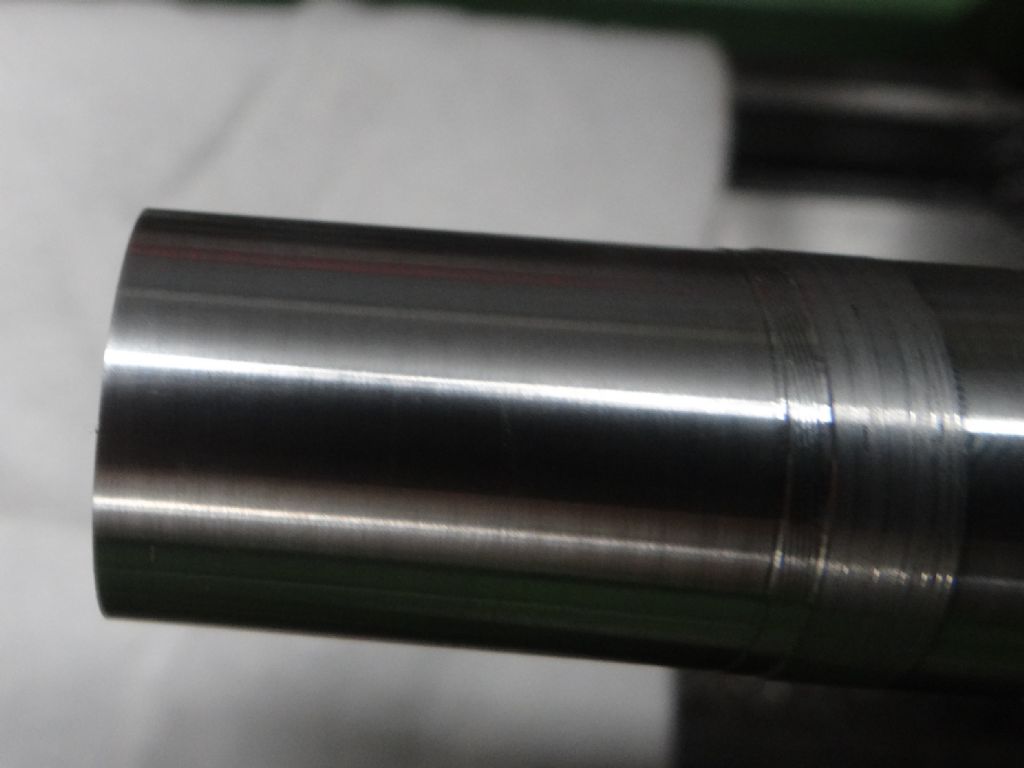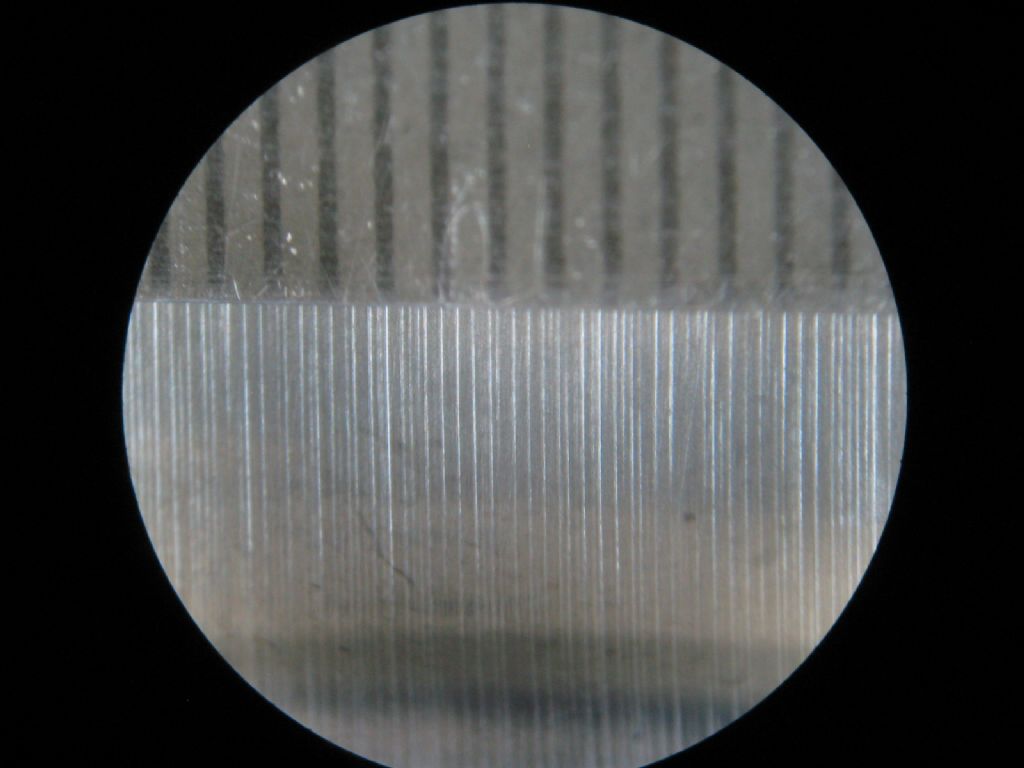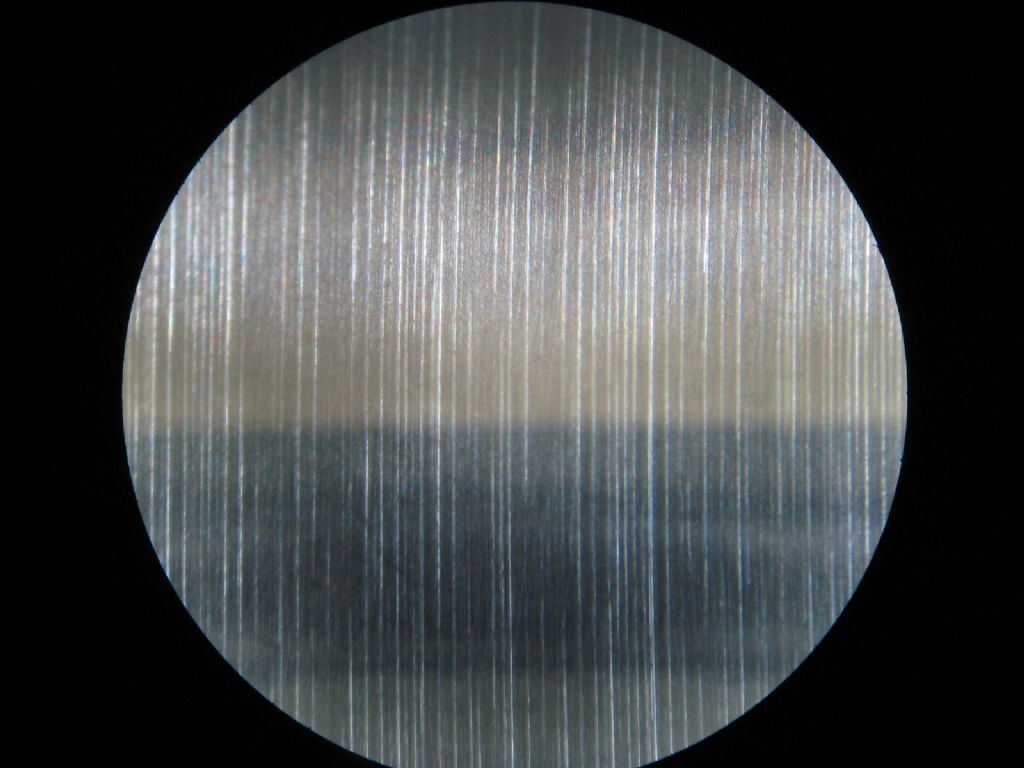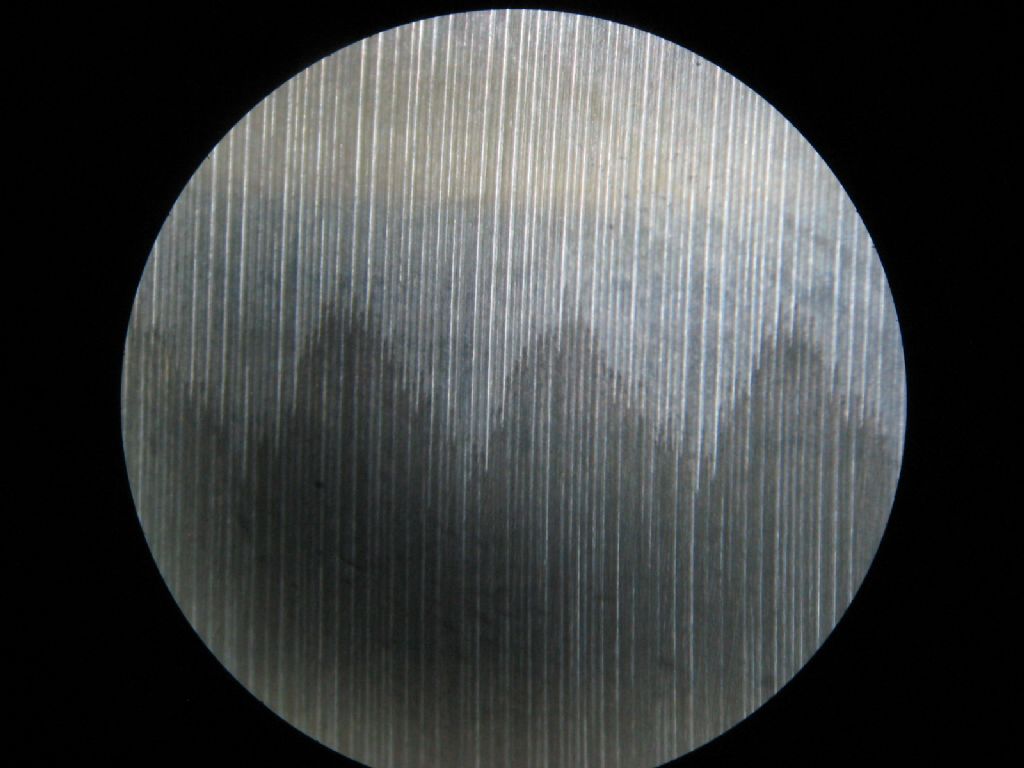Posted by SillyOldDuffer on 19/06/2017 11:02:02:
Posted by John Horne 2 on 19/06/2017 09:37:49:
…
I agree with Mikelkie, I think its a resonance/vibration thing, I also think it can have a number of causes which can be transferred to the job through a loose gib etc. but I think there will be a root cause like a vibrating belt or some numpty forgetting to tighten down the feet 
Edited By John Horne 2 on 19/06/2017 09:39:49
Edited By John Horne 2 on 19/06/2017 09:42:47
I agree. I've stalled on this one for the moment. I have an oscilloscope that, in theory, can separate out the individual frequencies from a mixture of vibrations. I thought it would be dead easy to stick a microphone on the lathe, press a few buttons on the oscilloscope, and identify the root cause from the period of the strongest vibration.
Silly me. It turns out I don't understand the oscilloscope display even after re-reading the manual.
When it comes to setting up lathes I've not found much advice on minimising vibration. I'm starting to think vibration is the elephant in the room, perhaps causing more trouble than generally realised.
Dave
Dave, what type of 'scope do you have? Is it a 'modern' digital type? If so, it will most probably have some Maths functions, one being the ability to display the Fast Fourier Transforms of observed signal inputs. That will show clearly the amplitude and frequency of all signals seen by the microphone. You can then place the microphone on the toolpost and do some cutting and see exactly what the vibration frequencies and amplitudes are.
Signals displayed thus , in the frequency domain, show as a series of frequency 'bins' , starting from left, lowest frequency, going to the right, the highest frequency. The display would then draw a line showing the relative amplitude at each of the frequency bins. You would then easily see at which frequency the highest level occurs.
Looking at the signals in the time domain only, ie, such as a pure sine wave on the scope display will only show a mishmash of frequencies all mingled together at various amplitudes – the brain cannot FFT that! Impossible to single out a single culprit frequency, unless it is huge and dominant.
If the scope is not a digital type…there is an almost easier way!
Use the sound card input to your laptop, and feed the microphone signal in there. Download one of the many free Audio 'Scope/Spectrum analyser tools from the SphincterNet and you can easily see the FFT and anything else you want. I use that a lot for vibration analysis and it works very well. Google 'soundcard Spectrum Analyzer' or such like…
Regards
Joe
SillyOldDuffer.










